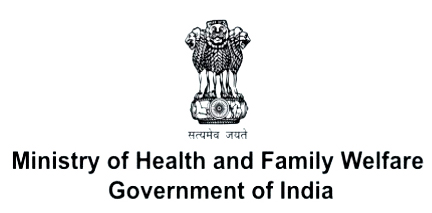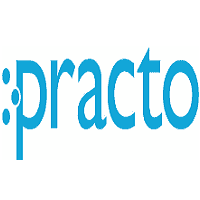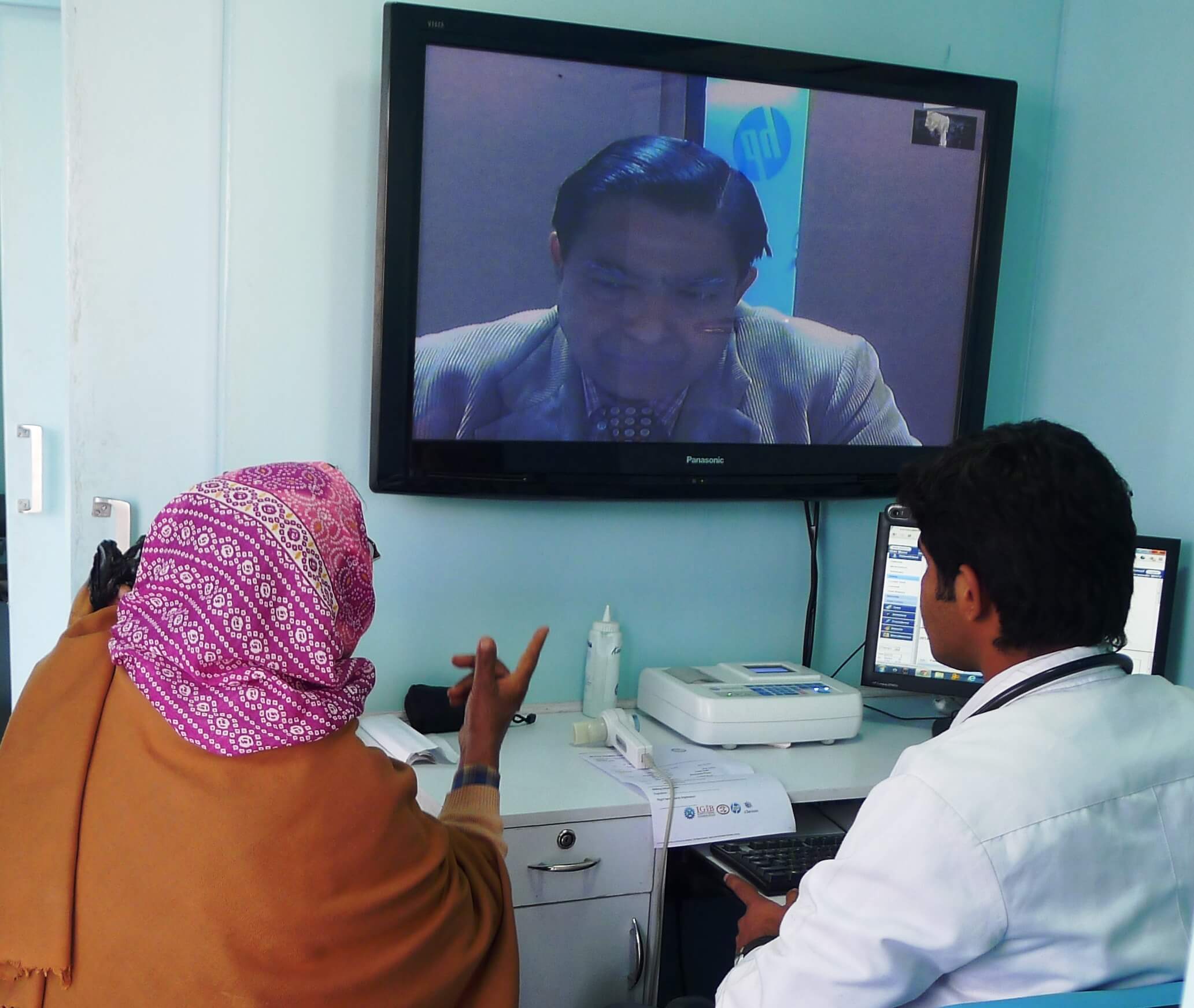

Paddy Padmanabhan, SV “Healthcare Analytics for Symphony Analytics talks about the emerging technology of Predictive Analytics.

With healthcare players looking at getting the most out of their analytics investments, it is critical to devise a suitable strategy to ensure that these investments deliver on efficiency and service.
Choosing the Right Analytics Platform
Predictive analytics helps to accurately assess and manage critical clinical data, helping to cut costs, increase efficiency, and maximize returns. But investing in an expensive platform that generates profitable results requires solid planning and budgeting for analyst training, and hiring of data scientists and skilled modellers, who are well equipped to make the best use of the gathered data. While the right analytics platform can reduce infrastructural and operational costs, it must be accompanied by intelligent data preparation and management, and a well-articulated strategy to drive sustained benefits and ROI.
Assimilating data to Deliver Meaningful Outcomes
Companies need to be discerning in choosing the right analytics framework that accumulates unstructured data from diverse sources like in-house and syndicated data, social media and other sources, processes the same, and address complex analytics problems to come out with focused healthcare-specific solutions.
Removing data complexity
Using a 3-stage model that encompasses pilot testing, development and full implementation creates a simplified structure that would help companies to remove data complexity.
Phase 1: Piloting the Project
In the pilot phase, it is important to analyze diverse company data to address the complex analytics problems associated to it, and develop healthcare-specific solutions. Data scientists, modellers and analysts can study the company data to understand how to make the best use of it, and demonstrate system viability through static data and interactive visuals. Cloud-based models are non-intrusive, low cost and flexible, making them very effective tools during a pilot phase.
Phase 2: Testing andValidating the Pilot
Once a pilot solution has been instituted, it is important to identify hotspots that require further analysis, and also bring in a level of operationalization of the analysis for sustained benefits.To measure the effectiveness of interventions, dashboards need to be included that provide updates and insights on a regular and periodic basis.These dashboards also provide information on trends, based on predictive models. Based on the insights from these dashboards, changes in data and trends can be monitored and adjustments to the predictive models and algorithms can be made to improve the accuracy rates of the models while optimizing resource utilization. It is important to design a pilot project, which has repeatability and reusability built-in as a key objective so that newer use cases can then be bolted onto the analytics infrastructure during this phase.
Phase 3: Operationalizing the Analytics Platform
Once the pilot has been tested for consistencies, solid and sustainable data integration &analytics solution infrastructure needs to be implemented. This can be cloud-based or on-site, with mobile enablement capabilities that allow for update flexibility and anytime-anywhere data access.The role of the analytics structure is to aggregate data real-time, integrate workflows and suggest focused intervention strategies.The analytics structure can be optimized for accessibility by different functions and departments.
Improving Accessibility and Reducing Costs for Providers
Once the framework is in place, insights offered by predictive analytics help providers to address issues of reduced reimbursements and increased accountability for outcomes. This in turn helps improve the bottom-line, while predicting and trouble-shooting potential issues before they become disruptive to operations. For providers looking to set up ACOs, a cloud-based, pay-as-you-go analytics model helps to manage population health and maximize incentives, owing to minimal overheads.
Greater insight into individual risks for payers
As the payer sector is rapidly transforming from a group insurance-based model to an individual consumer-based model. By assessing individual health risks using a combination of internal and external data sources, payers can improve revenue, control costs and arrive at risk scores for Health Plan members.
With the enrolment of individual members in the exchanges under Obamacare, payers have an even higher incentive to understand the risk profiles of these individuals using a wide range of external data sources and predictive models to help segment and manage population health.
Data Integration & Management Stay Relevant
With the explosion of data, robust data integration and data management capabilities will continue to remain vital for developing sustainable and successful analytics programs.
Be a part of Elets Collaborative Initiatives. Join Us for Upcoming Events and explore business opportunities. Like us on Facebook , connect with us on LinkedIn and follow us on Twitter , Instagram.













